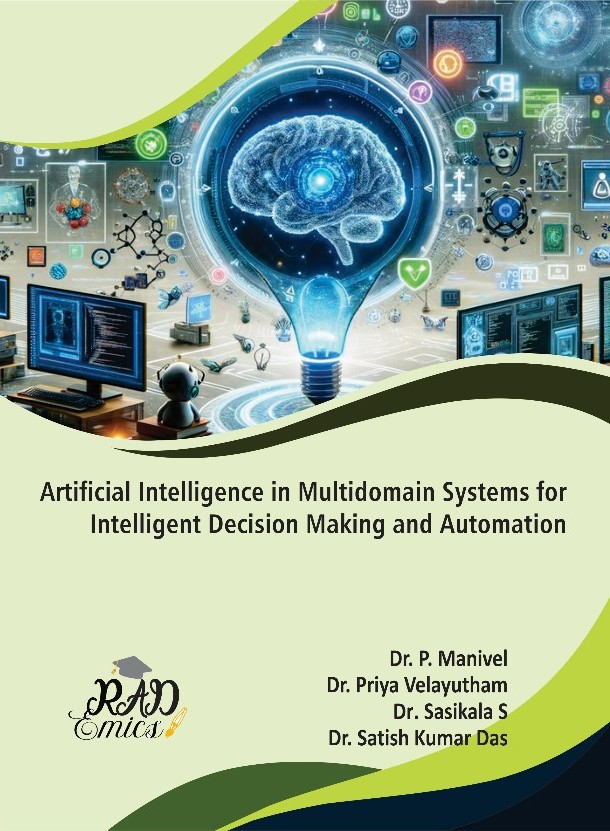
Abstract
The convergence of Digital Twin technology and Artificial Intelligence (AI) has ushered in a new era of intelligent asset management, fundamentally transforming predictive modeling and lifecycle optimization in engineering domains. This chapter presents a comprehensive framework that integrates scalable AI methodologies with Digital Twin architectures to enable real-time monitoring, fault diagnosis, and failure prediction across diverse asset-intensive industries. Emphasis is placed on hybrid modeling approaches combining physics-based simulations with data-driven algorithms to enhance prediction accuracy and adaptability under dynamic operational conditions. Key challenges including data interoperability, real-time synchronization, and cybersecurity are critically analyzed, alongside strategies for effective edge, cloud, and hybrid deployment paradigms. Case studies spanning manufacturing, energy, and oil and gas sectors illustrate practical implementations and demonstrate significant improvements in operational efficiency, risk mitigation, and maintenance optimization. The chapter concludes by outlining emerging research directions focused on explainable AI, model generalization, and autonomous decision-making, aiming to foster resilient and sustainable engineering asset ecosystems. This synthesis contributes to advancing the state-of-the-art in Digital Twin–AI integration, offering actionable insights for researchers and practitioners seeking to harness predictive analytics for lifecycle management.
Introduction
The advent of Industry 4.0 and the increasing digitization of engineering systems have dramatically shifted paradigms in asset management, prompting the adoption of intelligent technologies for enhanced operational insight [1]. Among these innovations, the Digital Twin has emerged as a pivotal concept, representing a dynamic virtual counterpart of a physical asset that reflects its real-time state through continuous data exchange [2]. This cyber-physical integration allows for detailed monitoring, simulation, and diagnostics, providing a comprehensive understanding of asset behavior throughout its lifecycle [3]. The sheer volume, velocity, and variety of operational data necessitate the integration of sophisticated Artificial Intelligence (AI) techniques to extract meaningful patterns, predict future states, and support proactive decision-making [4]. The synergy between Digital Twins and AI thus constitutes a foundational element for next-generation predictive maintenance and lifecycle optimization strategies, ensuring that engineering assets operate at peak efficiency while minimizing downtime and associated costs [5].
Artificial Intelligence, encompassing machine learning, deep learning, and reinforcement learning, offers robust analytical capabilities that extend the functionality of Digital Twins beyond static simulation [6]. By learning complex system behaviors from historical and real-time sensor data, AI models can identify subtle anomalies and forecast degradation trends with high accuracy [7]. These predictive insights empower organizations to transition from reactive maintenance to condition-based and predictive maintenance paradigms, thereby reducing unexpected failures and optimizing maintenance schedules [8]. The integration also supports prescriptive analytics, enabling automated or semi-automated decision-making to mitigate risks and enhance asset performance [9]. AI algorithms can facilitate adaptive modeling, allowing Digital Twins to evolve with the asset and environmental changes, thereby maintaining model relevance and precision over time [10].